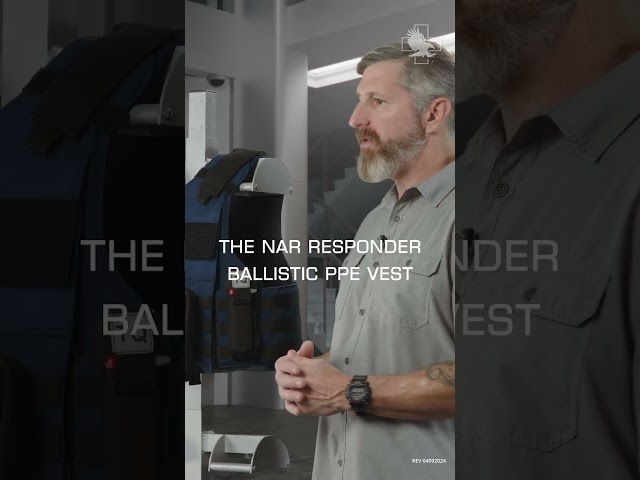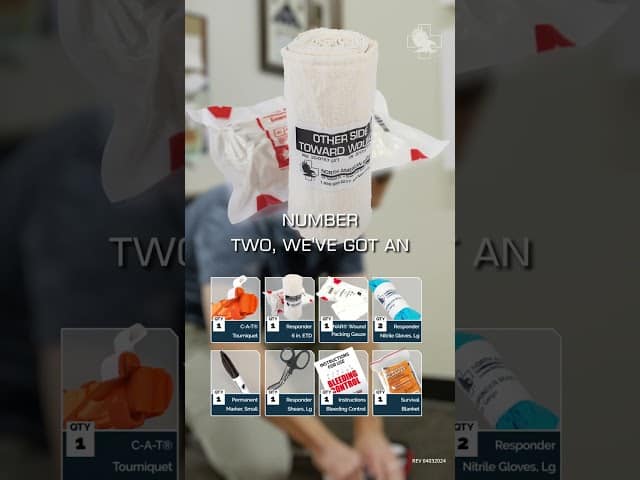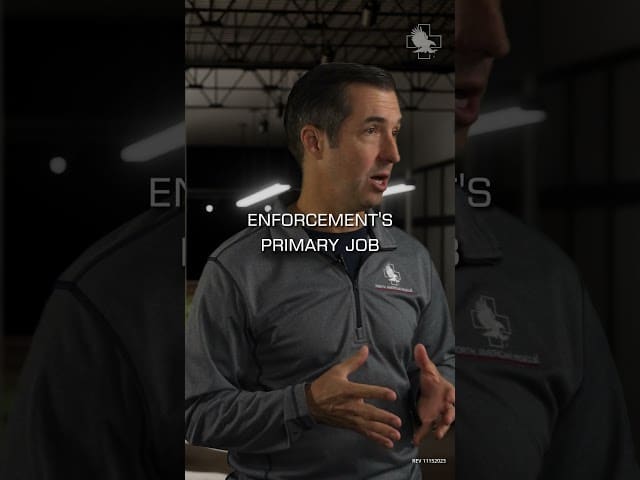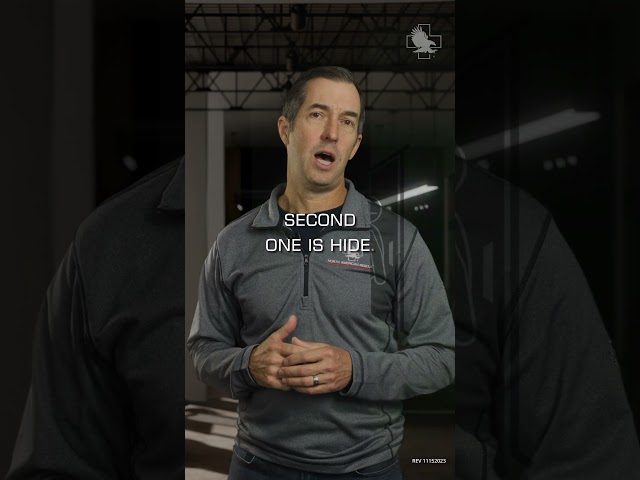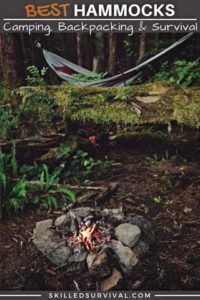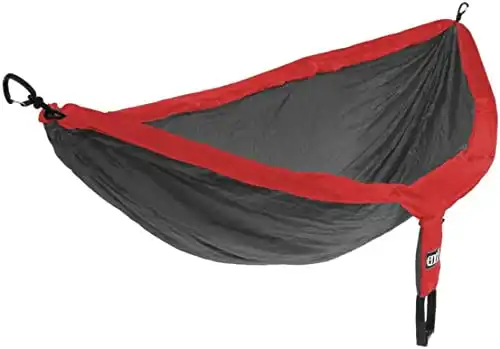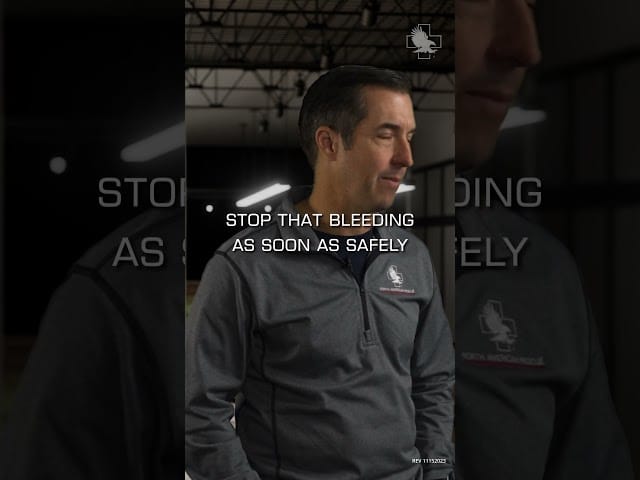Body Armor Profile and Design – What makes a functional fit? #bethedifference #bodyarmor
What’s in a Public Access Bleeding Control Kit? #bethedifference #stopthebleed #cattourniquet
Hartford Consensus: Care Levels pt 4 of 5 #bethedifference #stopthebleed
How to Reset a CAT Tourniquet for training #bethedifference #tourniquet #cattourniquet
The Hartford Consensus: Run, Hide, Fight pt 3 of 5 #bethedifference #stopthebleed
Camping on a Deserted Island with my Dog – Testing out a New Tent with a Woodstove.
Best Hammocks For Taking A Peaceful Nap Anywhere
Today I’ve got something exciting to share…
A Complete Guide On The Best Hammocks On The Market Today
Because there’s one thing I know with absolute certainty:
“If you put a hammock up, someone will get in it.”
There’s just something everyone loves about hammocks.
They are a universal symbol of relaxation.
An iconic image of the “good life.”
They draw humans in like moths to the flame.
And a quality hammock makes a camping trip, backyard BBQ, or wilderness adventure better.
They can even make a dire survival situation (or bug out) a little better as well.
TOPICS IN THIS GUIDE… ↓(click to jump)
- Best Hammock For Each Situation
- Must-Have Hammock Accessories
- Important Hammock Safety
- The Best Hammock Features
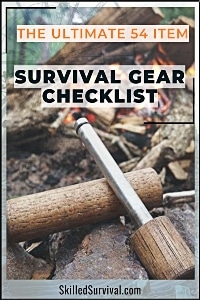
Want a free 54 item survival gear checklist?
Click here to instantly download this Complete Checklist PDF. No purchase necessary.Best Hammocks For Different Situations
Nowadays, there’s a massive number of hammocks to choose from.
And I love all the variety.
The more choices, the better, right?
Yes and No.
With so many choices comes analysis paralysis.
Being overwhelmed with so many options makes deciding which one to buy difficult.
But that’s what this article is for; to break down the different types of hammocks and help you zero in on the best one for you.
And choosing the best hammock for you starts with understanding how you intend to use it.
Best Camping Hammock
Whether you plan to travel on foot, bike, or paddle (or not at all), a camping hammock is one awesome piece of camping gear.
The best camping hammocks weigh about a pound and pack down to the size of a water bottle.
They’re generally constructed of a woven nylon taffeta material.
This gives the hammock a soft finish that breathes enough to be comfortable in all but the hottest sun.
Eagles Nest Outfitters hammocks have a great reputation in this category.
They’ve been making their popular SingleNest and DoubleNest hammocks since 1999.
I’ve had great luck with ENO products, and I can count no less than 5 in my immediate family.
Plus, they offer a wide variety of colors.
You can get one that blends into the environment…
Or you can order one that will get you noticed. Ones with bright, eye-catching hues can double as a signaling flag in an emergency.
One of the best features of the ENO is that it packs down into its own stuff sack.
This stuff sack pocket is a convenient place to put a cold snack or small book when the hammock is in use.
↓ ENO Doublenest Hammock – Field Review & Setup
If you’re not a nylon fan, you can find similar camping hammock designs made with cotton canvas.
Note: canvas doesn’t have the same weather resistance as nylon.
But they’re great in warm weather and won’t irritate sensitive bare skin.
This one has a design used in the Brazilian rainforest for generations.
So while a hammock is not considered essential camping gear, I’m disappointed if I ever accidentally leave it behind.
Best Backpacking Hammock
Camping hammocks and backpacking hammocks are similar
The biggest difference is when camping, you can bring heavier gear and equipment, but when backpacking every ounce matters.
But the good news is that my favorite camping hammocks are my favorite backpacking hammocks.
This is good because it makes a choice very easy for me.
So, if you’re into backpacking, get an ENO SingleNest Hammock, add it to your pack, and thank me later.
If you’re serious about getting into using your hammock for sleeping at a campsite or in the backcountry, watch the following video:
↓ Hammock Camping Done Right: Tips and Required Gear
Best Backyard Hammock
Of course, for all the times between camping and backpacking, there’s the backyard.
When it comes to versatility in a hammock, a spreader bar with a woven bed is
both comfortable and easy to maintain.
A flat spreader bar also prevents the hammock from wrapping around your body.
This means you stay cooler in hot temperatures.
But, going with a woven material won’t leave you with a crisscross rope pattern on your skin.
So you’ll need to decide which option is most (or least) appealing to you.
Pawley’s Island Hammocks have been woven in South Carolina since 1889!
It’s amazing to see a US company with that kind of longevity and reputation.
They also proudly stand behind their products and brand.
They’ve found materials with the comfort of cotton and the durability of synthetic.
Some backyard hammocks are made with low or no maintenance in mind.
They focus on highly weather-resistant materials.
Ones you can leave out all summer long – rain or shine.
↓ Pawleys Island Hammocks
This hammock from Patio Watcher is made of Textilene.
It’s a soft, breathable material that’s both comfortable and weatherproof.
The fabric is vinyl coated for easy cleanup and quick drying.
↓ Product Review – Patio Watcher Quick Dry Hammock
Best Survival Hammock
So, how about survival hammocks?
What should you look for if you’re planning on bugging out?
Survival and minimalist camping have a lot in common.
You need to keep it ultralightweight and compact.
So the only option is a nylon hammock but looks for one that includes ripstop technology.
That way, it can withstand the abuses of traveling through the rough wilderness.
One solid survival hammock that meets these requirements is the Ralt Camping Hammock.
Also, check out our article on hammock tents – these are durable hammocks designed for the wilderness.
Best Beach Hammock
A packable hammock is the best option for camping and wilderness situations.
But a hammock equipped with a spreader bar can’t be beaten if you want to enjoy a relaxing day at the beach.
You should pick one with a wide-open weave (or made of braided rope).
That way, the sand falls away as you dry, allowing the cool shoreline breeze to pass through.
Hatteras Hammock’s been making spreader bar hammocks in North Carolina since 1971.

Plus, blankets and pillows are made to fit their hammocks and provide incredible comfort.
If you’re choosing a rope weave hammock, be sure to consider the size of the openings in the weave.
Larger openings can be difficult for small children.
They’re more likely to stick an arm or leg through the weave and get stuck.
So if the open weave of the Hatteras hammock doesn’t suit you, there are options with tighter rope weaves.
↓ Meet Hatteras Hammocks’ Tufted Fabric Hammock
This one from Toucan Outdoor would be great for even young kids.
Hammock Alternatives
Sometimes, it’s not a plain old hammock you’re looking for.
Instead, you’re looking for a specific hammock for a special situation.
There is a lot of interesting “hammock” furniture available nowadays.
And some of them look incredibly relaxing.
For example, this hammock chair from Sorbus is great for reading or hanging out with friends.
↓Sorbus Hanging Rope Hammock Chair Swing ↓
And who can forget the “air hammock” that came out a few years ago?
This one, from Wekapo, inflates with no pump.
It works like a combination couch and hammock lounger.
You can even use it with no anchors for a traditional hammock.
↓ A Fun One To Test: Wekapo Inflatable Lounger Review ↓
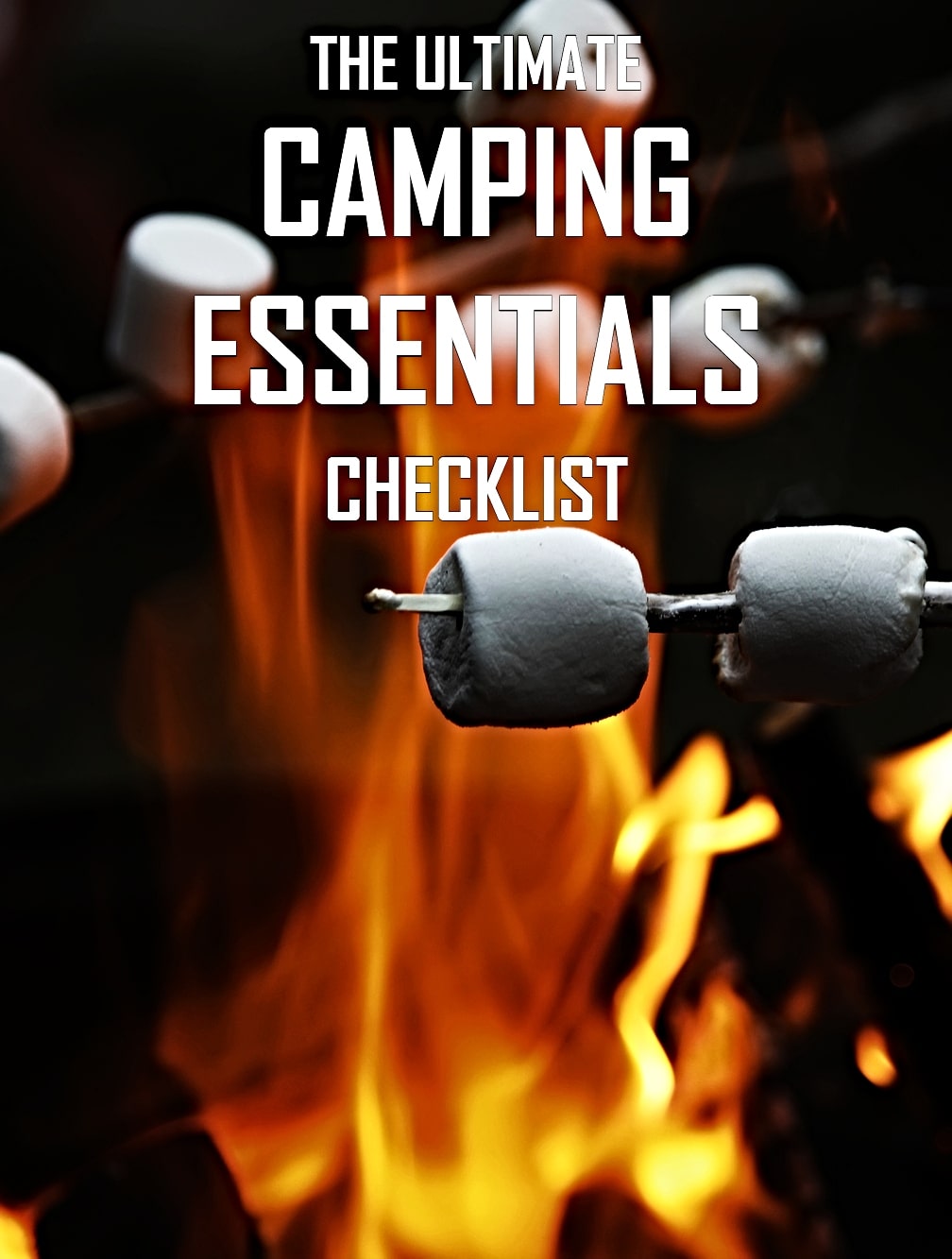
Want a free camping essentials checklist?
Click here to instantly download this Complete Checklist PDF. No purchase necessary.Must-Have Hammock Accessories
Here are some ideas to make setting up and enjoying your hammock even better and a bit simpler.
Straps
When backpacking and camping, seeing a perfectly spaced pair of trees is rare.
However, you can often find two that are “close enough” to work.
In these cases, adjustable straps make quick work of setup.
These allow you to reach farther and get the right tension for ideal comfort.
These ultralight straps are easy to adjust and add virtually no weight to your pack.
↓ Review ENO, Eagles Nest Outfitters Helios Hammock Suspension System
Tarp Tent
One of the common fears of every new hammock camper is, “What if it rains?”
If there’s a chance of precipitation, a simple tarp tent makes a great companion for a camping hammock.
You can rig up a tarp on a separate set of lines or get one that’s made to fit it.
↓ Hammock Rain Setup And How To Stay Dry
Bug Netting
Another typical issue with hammock camping is mosquitos and other irritating insects.
There are specialty ones that include bug netting built-in.
However, they always feel claustrophobic to me (especially when bugs are not an issue).
That’s why a separate bug net is a nice feature.
That way, you can enclose the hammock when needed but leave it off when you don’t.
This one also gives you extra space and room to move around at night.
↓ My ENO Guardian Bug Net Setup ↓
Spreader Bars for Multiple Hammocks
Many hammocks are made for two adults, but most are uncomfortable for more than a quick nap.
Sleeping two in a hammock overnight is an uncomfortable experience.
A separate set of hammocks might work, but that often means finding additional trees.
And sometimes that’s not possible.
So what’s a couple to do?
Rather than searching for a second set of trees, check out these spreader bars.
They hold two a convenient distance apart using the same set of trees.
With this smart device, you can each sleep comfortably in your own hammock with the same set of trees.
Genius!
↓ Two Hammocks, One Tarp – Spreader Bar
Doormat
A simple doormat allows you to remove your shoes as you step into your hammock.
Keeping your hammock clean and giving your shoes or boots a place to call home.
Best Hammock Safety Tips
Before getting to the fun stuff, let’s talk hammock safety.
Hammocks are amazing and completely safe when used properly.
Now, most people believe that falling out of a hammock or overloading them is the most dangerous aspect.
And while those are legitimate safety concerns, failure of the tree/pillar/post is even more dangerous.
And this is a complete surprise to most people.
Always choose the trees, pillars, or posts you hang your hammock from with extreme care.
Watch the video below for more information about this hazard.
That way, you can use your new hammock with confidence.
↓ How This Womans’ Life Changed When A Hammock Accident Left Her Quadriplegic

Want a free camping essentials checklist?
Click here to instantly download this Complete Checklist PDF. No purchase necessary.Best Hammock Features
Portability
One of the best things about a good camping hammock is its portability.
When you’re searching for the right one, think about all the times and places you’ll want to use it.
Places like a cool fall morning overlooking a remote mountain lake, looking up at a star-filled desert night sky, or hunkered down with your significant other in a quiet forest.
Because the best hammocks are highly portable and make it a no-brainer to bring along, the best ones help improve these places and memories.
The best ones can fit in a small backpack. Or even fit in a coat pocket so that it can go anywhere.
Weight Limits
With hammocks, you trust your comfort, sleep, and safety to a bit of fabric or rope.
So you better make sure yours can handle the intended load.
Some are for a single user with a maximum load of a few hundred pounds.
Other designs are made for sharing and can safely hold 500 lbs. or more!
Note: It’s impossible to determine a hammock’s load rating by looks alone.
So always take the time to check the manufacturing specifications carefully before purchasing.
If it’s NOT rated for 2 adults, ensure 2 adults don’t try to get in it.
Overloading is one common cause of hammock accidents.
Weather & Damage Resistance
It will get its fair share of severe weather if you leave it up for extended periods (say, in your backyard).
Cotton, linen, hemp, and natural fibers are all subject to decay and rot if left damp for extended periods.
Modern synthetic fibers (i.e., nylon) are more resistant to mold and rot.
But nylons can degrade if left in strong UV rays over time (in direct sunlight).
Nylon is also susceptible to fuel or chemical spills.
And even the most moisture-resistant materials in the world won’t prevent molding if you put the hammock into storage wet.
The bottom line is:
You must understand your hammock’s material and take the time and effort to protect it.
Otherwise, your long-term investment will be cut well short of its potential…
Quality Construction
Finally, all the hammock features we just covered won’t matter if your hammock construction sucks.
A quality hammock construction means having:
- straight and even stitching
- reinforced stress points
- clean hems and edges
- consistent, durable materials
These are the signs of high-quality, well-built hammock designs.
Ignore them at your own peril.
Final Thoughts
Hammocks can often fall into the category of “impulse buying.”
But that’s a shame.
Because if you don’t understand all the options and how you want to use your hammock, you might regret it.
Instead, use your newfound information to make a wise decision.
Get the best hammock for you, one you can use over and over, season after season, for years to come, with no regrets!
Why Trust Skilled Survival…
Go here now to review a full breakdown of:
- Who We Are
- Our Credentials
- Our Mission
- & Product Recommendations…
Here are a few highlights of our teams credentials & certifications:
- Certified Member of a Mountain Search & Rescue Organization
- Plant Emergency & Safety Leader for a Major Food Manufacturer
- Member of the 10TH Mountain Division Hut Association
- Certifications: Avalanche 1, WFR, CPR
- Official Gear Tester for Numerous Outdoor Gear Companies
- Countless Multiday Backpacking trips into Remote Wilderness
- Bachelor’s Degree In Mechanical Engineering
- Bachelor’s Degree In Civil Engineering
- Bachelor’s Degree In Biomedical Engineering
“It takes 20 years to build a reputation and five minutes to ruin it.” – Warren Buffett
We’re fully aware that TRUST is NOT something you GET but is EARNED.
And we’ll continue to earn YOUR trust through our forthright and honest approach with each new Blog Post, Guide & Product we create…
Jason K.
P.s. Do You Live In A ‘Danger Zone’ County?
Find out now using my Danger Zone County List & Special Report it’s absolutely FREE.
In minutes you’ll know EXACTLY where you stand and if you should be worried or not..
So click here to get my FREE Danger Zone County List & Report…
The post Best Hammocks For Taking A Peaceful Nap Anywhere appeared first on Skilled Survival.


